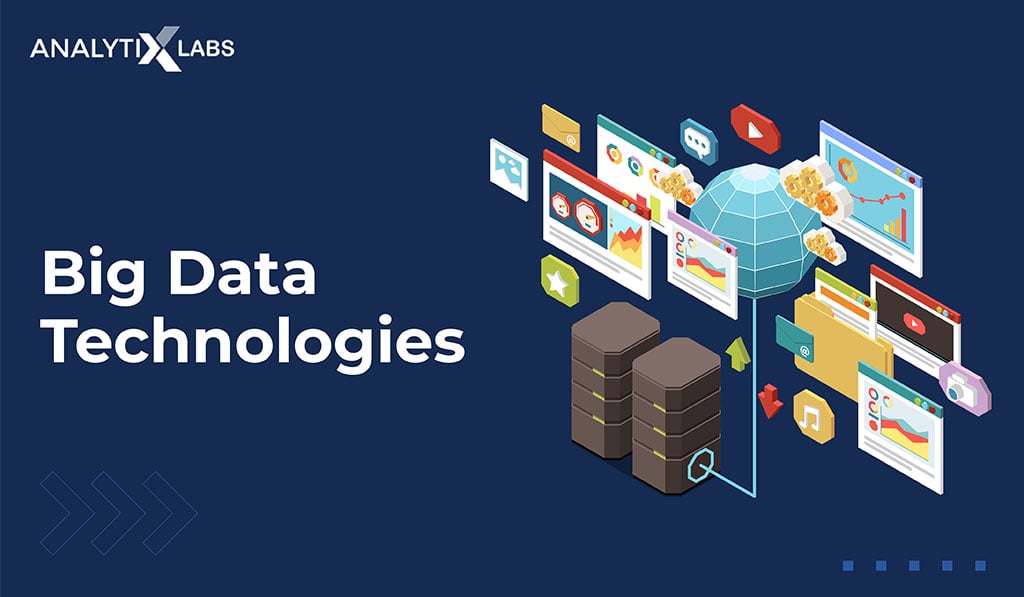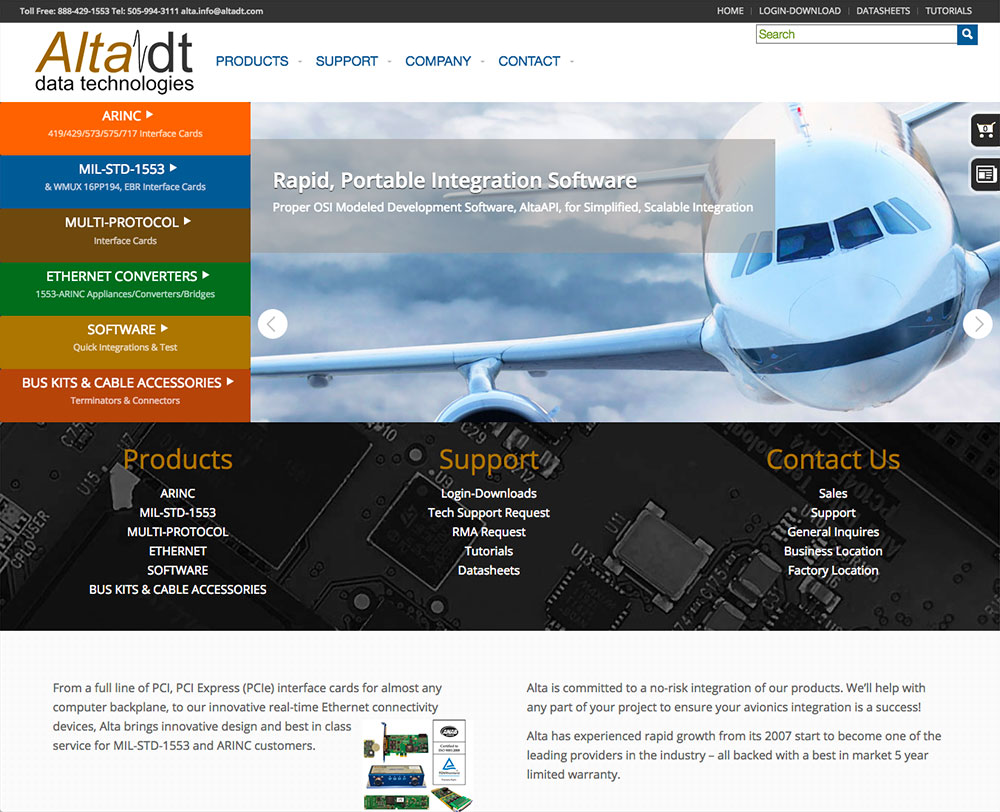Data Technology Solutions: Powering the Future
Data technology solutions are transforming how we collect, store, analyze, and utilize information, ushering in a new era of data-driven decision-making. The landscape is evolving rapidly, driven by the increasing […]

Data technology solutions are transforming how we collect, store, analyze, and utilize information, ushering in a new era of data-driven decision-making. The landscape is evolving rapidly, driven by the increasing availability of data, advancements in computing power, and the emergence of new technologies like cloud computing and artificial intelligence.
From gathering data from diverse sources to securely storing and managing it, data technology solutions encompass a wide range of tools and techniques. This comprehensive approach empowers organizations to extract valuable insights from their data, leading to improved operational efficiency, enhanced customer experiences, and innovative product development.
Data Collection and Integration
Data collection and integration are fundamental aspects of data technology solutions. They involve gathering information from various sources and merging it into a cohesive and usable format. This process is crucial for organizations to gain insights, make informed decisions, and optimize their operations.
Methods for Data Collection
Collecting data from various sources is the first step in the data integration process. Different methods are employed depending on the nature of the data and the source.
- Web Scraping: This technique involves extracting data from websites automatically. It is commonly used for gathering product information, market trends, and competitor analysis. For example, a company might use web scraping to collect data on pricing and features of competing products.
- API Integration: Application Programming Interfaces (APIs) allow applications to communicate with each other and exchange data. Companies can use APIs to access data from external sources, such as weather data, social media feeds, or financial markets. For example, a weather app might use an API to retrieve real-time weather data from a meteorological service.
- Data Logging: This method involves recording data generated by devices or systems. It is often used for collecting sensor data, network traffic, or user activity. For example, a manufacturing plant might use data logging to track the performance of machines and identify potential issues.
- Surveys and Questionnaires: Surveys and questionnaires are commonly used to collect data from individuals or groups. They can be used to gather feedback, preferences, and opinions. For example, a company might conduct a customer satisfaction survey to gauge customer sentiment.
Challenges of Data Integration
Integrating data from disparate systems presents several challenges. These challenges stem from differences in data formats, structures, and quality.
- Data Format Inconsistency: Data from different sources often comes in different formats, such as CSV, JSON, XML, or databases. Converting these formats to a common standard can be time-consuming and error-prone. For example, one source might store dates in MM/DD/YYYY format, while another might use DD/MM/YYYY format.
- Data Structure Discrepancies: Data from different systems might have different structures, with varying fields and relationships. Reconciling these differences requires careful mapping and transformation. For example, one system might store customer data with fields like “first name” and “last name,” while another might use “full name.”
- Data Quality Issues: Data from various sources can have varying levels of quality, with inconsistencies, missing values, or errors. Ensuring data quality is essential for reliable analysis and decision-making. For example, a database might contain duplicate customer records or incorrect addresses.
Data Quality Assurance Practices
Maintaining data quality is essential for accurate insights and effective decision-making. Data quality assurance practices aim to identify and address data inconsistencies and errors.
- Data Validation: This involves checking data against predefined rules and constraints to ensure accuracy and consistency. For example, validating a phone number to ensure it follows the correct format.
- Data Cleansing: This process involves identifying and correcting data errors, such as duplicate records, missing values, and incorrect formats. For example, removing duplicate customer records or correcting misspelled names.
- Data Standardization: This practice involves converting data to a common format and structure to facilitate integration and analysis. For example, converting dates to a consistent format or standardizing address fields.
Data Security and Privacy

Data security and privacy are paramount in today’s data-driven world. As organizations collect, store, and process vast amounts of sensitive information, protecting this data from unauthorized access, use, disclosure, disruption, modification, or destruction is crucial.
Data Security Threats, Data technology solutions
Data security threats are constantly evolving, and organizations must be proactive in identifying and mitigating them.
- Cyberattacks: Malicious actors use various methods, such as phishing, malware, and ransomware, to gain unauthorized access to sensitive data.
- Data Breaches: These incidents occur when unauthorized individuals gain access to confidential data, often through vulnerabilities in systems or human error.
- Insider Threats: Employees or contractors with authorized access to sensitive data may misuse or intentionally steal it.
- Data Loss: Accidental deletion, hardware failure, or natural disasters can lead to data loss, impacting business operations and customer trust.
Data Encryption and Access Control
Data encryption and access control measures are essential for safeguarding sensitive information.
- Data Encryption: This process transforms data into an unreadable format, making it incomprehensible to unauthorized individuals. Encryption algorithms use keys to encrypt and decrypt data, ensuring only authorized users can access it.
- Access Control: Implementing strong access control measures restricts access to sensitive data based on user roles, permissions, and authentication protocols. This prevents unauthorized individuals from accessing or modifying data, enhancing security.
Data Compliance Regulations
Data privacy regulations, such as the General Data Protection Regulation (GDPR) and the California Consumer Privacy Act (CCPA), play a vital role in protecting personal information.
- GDPR: This EU regulation applies to organizations processing personal data of individuals within the EU. It Artikels stringent requirements for data collection, processing, storage, and security, emphasizing individuals’ rights to access, rectify, and erase their data.
- CCPA: This California law grants consumers specific rights over their personal information, including the right to know what information is collected, the right to delete it, and the right to opt-out of data sales.
Epilogue: Data Technology Solutions

As data technology solutions continue to advance, they will play an even more crucial role in shaping the future of businesses and society. By embracing these solutions, organizations can unlock the full potential of their data, drive innovation, and achieve sustainable growth. The journey of harnessing the power of data is an exciting one, and the possibilities are endless.
Data technology solutions are crucial for any business looking to streamline operations and make informed decisions. But sometimes, you need an extra hand to navigate the complexities of implementing and maintaining these solutions. That’s where a technology handyman comes in.
They can help you troubleshoot issues, set up new systems, and ensure your data technology solutions are working smoothly. With a technology handyman by your side, you can focus on your core business and leave the technical details to the experts.






